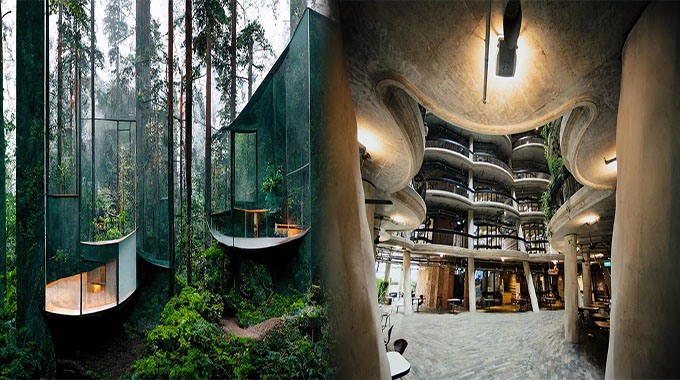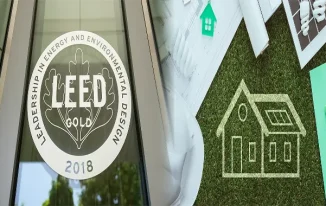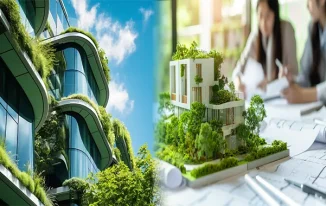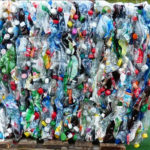The green building movement is growing steadily. Energy efficiency and sustainability are top priorities for commercial buildings. The biggest hurdle for green buildings is cost. Green buildings save money in the long run. Green building initiatives are becoming more widespread. The weather can be a challenge for green buildings. Climate change will make indoor air quality more important than ever.
The green building movement is growing steadily.
The green building movement is growing steadily, and there are many reasons to be a part of it. Green buildings are more energy efficient, use less water, are healthier for occupants and better for the environment. They also have a positive impact on our local economy – creating jobs and stimulating growth in communities across Canada. Green construction practices can help us meet our commitment to reduce greenhouse gas emissions by 80% by 2050.
Energy efficiency and sustainability are top priorities for commercial buildings.
Energy efficiency and sustainability are top priorities for commercial buildings. As the world’s population grows, so does its need for energy. To meet this demand, many companies are turning to green building technology to improve their energy efficiency and sustainability.
Green building technology is a way to improve both your business’ bottom line while reducing your carbon footprint on the planet. It involves using materials that generate less waste during production, reducing water usage in manufacturing processes as well as during product use (i.e., washing dishes), recycling materials whenever possible instead of throwing them away after use (think about how many times you’ve tossed plastic bottles into landfills or recycling bins!), thinking about future generations when making decisions about what products will be available in stores today–and then there’s always solar panels!
The biggest hurdle for green buildings is cost.
The biggest hurdle for green buildings is cost.
Green building is more cost effective in the long run, but it’s still more expensive than traditional construction. But you can design a beautiful and comfortable building that uses less energy and water while also reducing waste–and it will pay off in the long run by saving you money on utility bills.
Green buildings save money in the long run.
- Green buildings cost more to build.
- Green buildings cost more to run.
- Green buildings are more expensive to maintain.
- Green buildings are more expensive to insure.
Green building initiatives are becoming more widespread.
Green building initiatives are becoming more widespread. Construction companies, government agencies and individuals are all demanding green buildings. Green construction practices can help your company reduce energy costs, protect the environment and create healthier indoor environments for employees or tenants.
Green building programs have been around for decades but they’re growing in popularity as people become more aware of the benefits of sustainable design and construction practices. There’s also a growing market for green products such as recycled-content materials (such as fiberglass insulation), bamboo flooring or solar panels that make it easier to incorporate environmentally friendly features into any project without sacrificing aesthetics or comfort levels
The weather can be a challenge for green buildings.
The weather is a challenge for green buildings. It can affect energy efficiency, the indoor environment and even materials used in green buildings.
The biggest problem with weather is that it makes it harder for you to control your building’s temperature. In warm climates, this means that air conditioning systems work less efficiently because they have to work harder to cool your building down. In cold climates, heating systems struggle because they aren’t able to heat up quickly enough before they get too cold again
Climate change will make indoor air quality more important than ever.
As the climate changes, so too will the frequency and severity of extreme weather events. These events can have a major impact on indoor air quality.
Mold is one example: it’s closely linked to poor indoor air quality, and studies show that mold spores are increasingly common in homes today than they were just 20 years ago.
Climate change also causes more pollen–more than ever before! This means more allergies for people who suffer from them (and for those who don’t), along with an increased risk for asthma attacks when pollen levels spike during allergy season.
Green buildings are cutting edge technology that will play an increasingly large role in residential and commercial construction over the coming years
Green buildings are the future. They’re the wave of the future, and they’re here to stay. Green construction is not just a trend–it’s cutting edge technology that will play an increasingly large role in residential and commercial construction over the coming years.
Green buildings save money in the long run because they require less energy to operate, which means lower utility bills for residents or businesses who use them. In addition, green buildings are better for our health as well because they don’t contain toxic chemicals or pollutants like traditional construction does (think lead paint). They also protect our environment by reducing carbon dioxide emissions by up to 30%.
The benefits of this type of building go beyond financial ones: you’ll be able to say “yes” when your kids ask if they can go outside and play instead of saying “no” because it’s too hot out there!
Green buildings are the future of construction. They are not only environmentally friendly, but they also save money in the long run by reducing your energy bills and making your home more comfortable. Green building initiatives are becoming more widespread across the country and around the world as people realize how important it is to build sustainably for future generations. This is a trend that will continue growing until all buildings are constructed sustainably!














